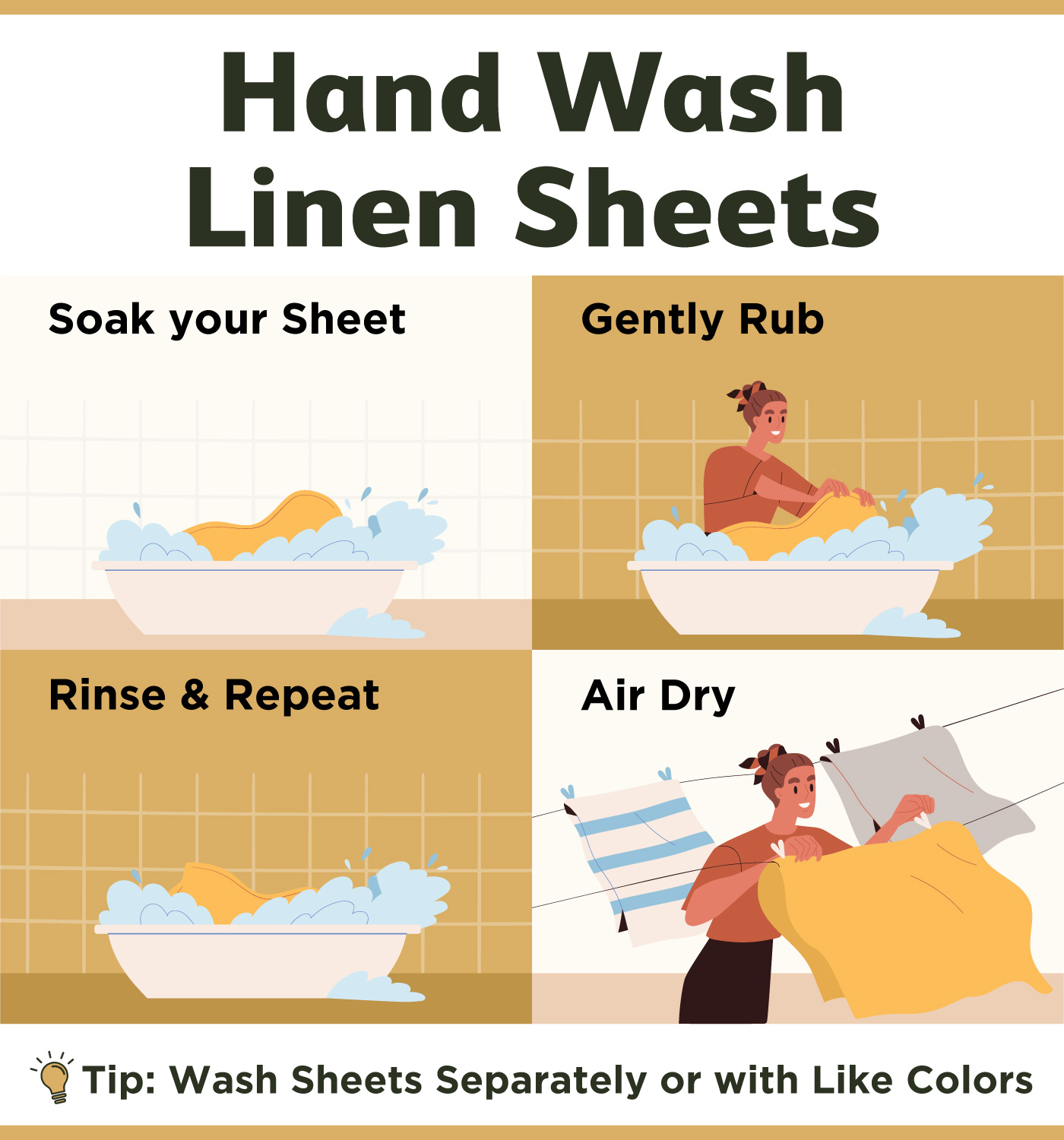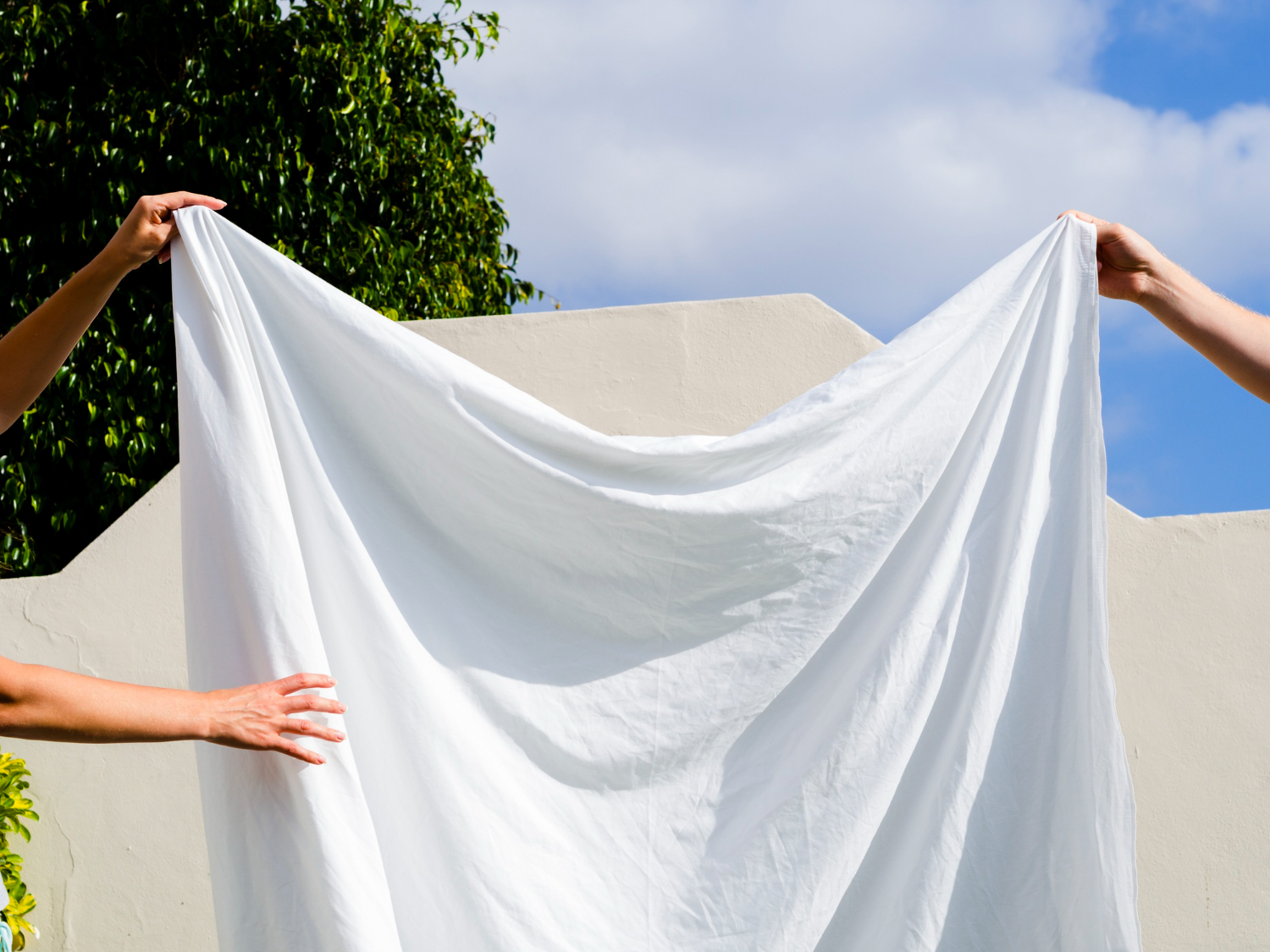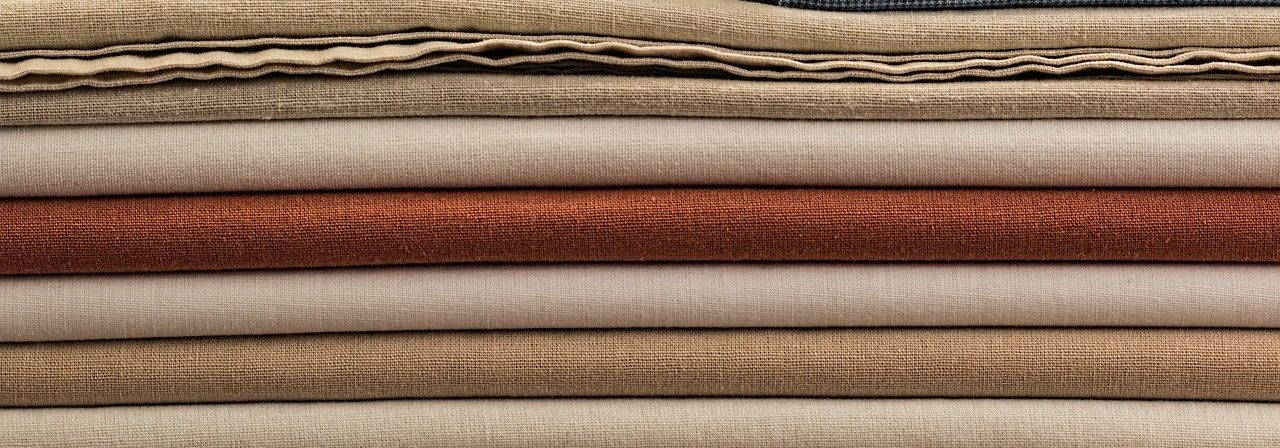How To Wash Linen Sheets
Sleep on linen sheets?
Congratulations! You have made a conscious decision to have comfortable and pleasant nights.
Linen sheets are worth the hype they have earned. They are Breathable, soft, durable, sturdy, and antiallergenic. They absorb moisture and regulate temperature, keeping you cool in summer and warm in winter.
Additionally, linen sheets are an effortless way of making your bedroom look lux and fabulous. Also, they have a naturally crumpled look, so you do not have to worry about removing every crease. This makes the bed-making process a breeze.
But this does not mean that linen sheets do not require any care. If you want your sheets to last a lifetime (or close to that), you will have to put effort into washing, caring for, and storing them correctly.
So, if your Google searches for how to wash linen sheets or how to store linen sheets have landed you here, read on.
Washing Linen Sheets
If you are like most people, you must have washed linen the same way you wash your clothes—throwing them in a washing machine. For washing linen, machines must not be your first option. But as sheets are big, hand-washing may not always be possible.
While it is not a fussy fabric that demands special care and attention, there are certainly better ways to care for your linen sheets.
Linen is made from flax, a plant from the Linaceae family. It is more expensive than cotton, less durable, and more prone to shrinkage. As its fibers are hollow and loosely woven, contrary to what people think, linen needs more care.
Taking good care while washing, drying, storing, and ironing will ensure that the fabric lasts longer, maximizing its lifespan.
So, let’s answer the question, how to wash linen sheets?
Machine Wash
Linen sheets get softer, cozier, and more luminous with washing. So, washing them will not take away the charm but do the opposite.
Here’s what Twitter user Erin Malone has to say about linen sheets.
They are machine wash safe and get softer with repeated wash
Select Washer Cycle And Water Temperature
Here are some tips on washing linen sheets in a washing machine:
- Read product-related and washing instructions before washing. It may be on a tag, website product description, or packaging.
- Use a “delicate” or “gentle” cycle, as linen is made of natural fibers.
- Wash it in “warm water”, at around 40° to 70 °F. This will be warm enough to kill bacteria and eliminate body oils but not too hot to damage the fabric fibers. If you are worried about the fabric shrinking, you can use cold water, but never use hot water as it will damage the fibers.
- Select the maximum water level so that your sheet can move freely. This will ensure efficient cleaning and fewer wrinkles.
- Use a mild liquid detergent that is specifically meant for delicate fabrics. Avoid harsh soaps and chemicals, as they weaken the fibers and discolor the fabric.
- Fill your washer with water and detergent and allow them to mix thoroughly. Now you can put in the sheets.
- Try to wash single sheets separately. If it is not possible, make sure that the load is of like colors and of similar weight. Also, if you have to put other items, make sure they do not have zippers, hooks, or any other item that will snag your linen sheet.
- Run a small or medium-sized load. A large load will cause overcrowding, resulting in tangling and misshaping of the fabric.
Hand Washing Your Linen Bedding
Linens are delicate fabrics and are almost never sold prewashed. So you must always wash them before use. But you must know exactly how to wash linen sheets for the first time.
This is because the fibers will settle into place the first time you wash your sheets. This will preserve the beauty of the fabric and prolong its life.
While linen sheets are machine washable, handwashing offers extra care. So, if you want your fabric to last a little longer, here are some helpful tips and tricks:
- Take a large tub or bucket, and fill it with warm water. You can also use your bathtub and sink (if it is big enough).
- Add laundry detergent based on the size of your sheet. Generally, a small amount is sufficient. Let the detergent dissolve so that the water becomes soapy and frothy.
- Put your sheets in the water and submerge them completely. You can let them soak for a few minutes if you want.
- Now, gently agitate the fabric. Do not be too rough, and do not wring or twist the fabric.
- Remove the sheet and keep it aside in a clean spot or tub.
- Drain the dirty soap water, rinse the tub with clean water, and refill it with clean, warm water.
- Put your sheets in the water and gently remove the soap. If soap remains, repeat the rinsing process.

Now, here’s how to wash white linen sheets.
White linen becomes dirty more quickly, and removing stains is harder. So you must change white sheets more frequently and wash them in cool water. Also, make it a round of white clothes alone to prevent discoloration.
However, if this does not clean it efficiently, you can add chlorine-free bleach. Bleach with chlorine will weaken the natural fibers of the sheet. However, if you absolutely must use bleach or bleaching products, dilute the bleach before use and follow the manufacturer’s instructions.
Drying Linen
Now that you know how to wash linen sheets, it is time to learn how to dry them.
So, can you dry them like other fabrics? Can linen go in the dryer? What about tumble drying? Can you air-dry it?
Yes, you can dry linen in a dryer or air-dry it. Most people follow the latter route. But when you put the sheet in the dryer, the heat damages the hollow fibers, causes wear and tear, and ruins the feel of the fabric. However, if you do not have time for air drying, you can tumble dry your linen.
But can you tumble dry linen? Yes, you can, but air drying is better. Air-drying improves the lifespan of the sheet, but it makes the sheet stiff post-drying. So, when drying linen sheets, you need to take a hybrid approach and follow these steps:
- After washing, put the linen in the dryer with wool dryer balls.
- Run your dryer for 10 to 15 minutes at a low-heat setting.
- Remove your sheets, but make sure they are still somewhat damp. This is important because linen dries very fast, and if they completely dry before being hung, the fabric can gather too many creases, making it difficult to iron later.
- Hang them indoors, as linen must not be dried under direct sunlight. This is because the sun bleaches the fabric.
Ironing Your Linen Bedding
The best part about linen is that it has a naturally tumbled look. So, unless your sheet has become heavily crumpled, you need not iron it.
However, if you want a sleek, modern look or love ironing, you can iron the sheets but keep the following tips in mind:
- Iron the sheets on a low-heat setting.
- The sheets must be slightly damp. If it has dried, slightly damp it with clean water.
- Iron on the inner side of the fabric to avoid discoloration.
Storing Your Linen Bedding
While washing and drying are essential for maintaining your sheets, storing too plays an important role. More so, when you have several pairs of sheets for rotation or guests.
Here are some storage tips:
- Store the linen in a well-ventilated, cool, dry place away from direct sunlight. Also, keep them away from high-moisture areas like bathrooms and laundry rooms.
- Do not store in plastic bags or cardboard boxes.
- Store in cloth bags. The best option is the cloth bag that your linen came in. If not, you can buy one. You can also use pillowcases to store your linens.
How Often Should You Wash Linen Sheets?
Now that we know all about washing linen, the next big question is how often?
Well, it depends.
If you sleep in your bed daily, you’re spending a lot of time in your bed or on your sheets—approximately two days a week.
That’s a lot!
Now, in this time, you shed millions, if not billions, of skin cells, and produce natural body oils and sweat (even if you refuse to accept it). All these build up in your sheets.
So, if this is your case, you will have to change your sheets weekly. Initially, the sheets may be coarser, but as you keep on washing, the sheets will become softer—that is the magic of linen sheets.
If you have pets, change the sheets twice a week. This is necessary to remove pet hair and dander.
But if you have to travel a lot and do not use the bed that often, then you can extend the period to once in two weeks.

How To Remove Stains From Linen Bedding
The best tip for treating stains is to act fast. Spot-treat the stain with a stain remover or if you have run out of one, make one using your pantry ingredients. One of the best tried and tested stain removers is a mixture of a pinch of baking soda and a few drops of white vinegar.
Take a clean cloth and gently dab it on the treated space to remove the stain. Now put it in the machine and wash it how you generally would.
If the stain is too large to be treated in this manner, run the load, add your regular detergent or laundry soap, and add a few tablespoons of baking soda and around a cup of white vinegar.
Best Practices To Maintain Your Linen Bedding
So, to sum it up, here are the best practices to follow to maintain your linen bedding:
- Wash linen bedding in cold or warm water and on a gentle cycle.
- Do not use harsh chemicals.
- Let it air dry in a shady area.
- If necessary, use tumble drying at a low setting and avoid the dryer as far as possible.
- Ironing is not necessary, but if you still want to iron, use lower temperatures and iron on the flip side.
- Store them in linen cloth bags in a cool, ventilated, and dry place away from the sun.
“Always read the care label on your linens and follow the instructions provided. This will ensure that your linens last longer and look their best.”

Frequently Asked Questions
Can You Machine Wash 100% Linen?
Yes, you can wash 100% linen in a machine. But make sure you use warm or cold water; otherwise, the fabric may shrink. But if the manufacturer has stated the linen is to be hand-washed or dry-cleaned, you cannot put it in a washing machine.
Does Linen Shrink When It’s Washed?
Yes. If you do not take proper care, linen can shrink when washed. It shrinks naturally after the first wash, so it is better to wash linen before the first use. Also, if linen is washed or dried using heat, the fabric will shrink further.
What Causes Linen Sheets To Discolor?
Harsh chemicals and bleach can lead to discoloration of the fabric. Sheets can also become discolored due to food spills, improper storage, and nicotine in the air.
Does Linen Shrink When Washed?
Yes. Linen is a natural fabric and shrinks naturally after the first wash. It is prone to shrinkage and will shrink in the machine or dryer if the temperature is high.

